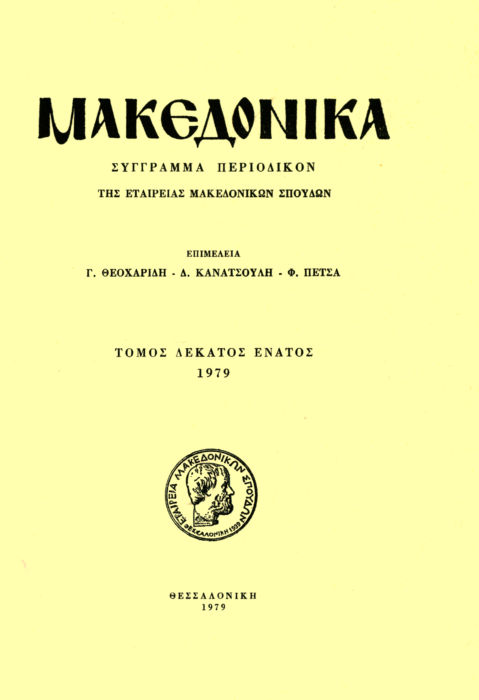Bassara’s mansion and the family’s trading activity
Abstract
Bassaras mansion, one of the oldest houses of Kastoria, dates back to tie middle of th 18th century. It is a period during which the town is flourishing economically and culturally, mainly due to the small scale industry of fur processing and the widely spread commercial activity of the inhabitants.
The building is related to a group of some contemporary houses of the same typology, with many common characteristics in structural and ornamental details.
The actual building has one storey less than the original one, which can be safely represented, according to the traces preserved at the several parts of the structure.
The ground floor is used as storade and pantry. The mezzanine contains thefamily’sbedrooms.Thefirstflooristhe piano mobile (receptionquarters) suitably reformed for the case, after the destruction of the second floor, that took place at the middle of the 19th century.
The mansion belongs to a merchant family that came to Kastoria from Istanbul, at the middle of the 18th century.
The best known member of this family is the rich merchant George Bassaras whom we find in the first half of the 19th century having trading activities within a very wide region, extending from Leipzig and Vienna to Istanbul including most Macedonian and Balkan towns.
Some written documents relevant to this activity and period, that are found in the house, offer precious information about the commercial and economic life during the last phase of the Turkish occupation.
Article Details
- How to Cite
-
Θεοχαρίδου Κ. (1979). Bassara’s mansion and the family’s trading activity. Makedonika, 19(1), 298–327. https://doi.org/10.12681/makedonika.472
- Issue
- Vol. 19
- Section
- Articles

This work is licensed under a Creative Commons Attribution-NonCommercial-ShareAlike 4.0 International License.
Authors who publish with this journal agree to the following terms:
- Authors retain copyright and grant the journal right of first publication with the work simultaneously licensed under a Creative Commons Attribution Non-Commercial License that allows others to share the work with an acknowledgement of the work's authorship and initial publication in this journal.
- Authors are able to enter into separate, additional contractual arrangements for the non-exclusive distribution of the journal's published version of the work (e.g. post it to an institutional repository or publish it in a book), with an acknowledgement of its initial publication in this journal.
- Authors are permitted and encouraged to post their work online (preferably in institutional repositories or on their website) prior to and during the submission process, as it can lead to productive exchanges, as well as earlier and greater citation of published work (See The Effect of Open Access).



